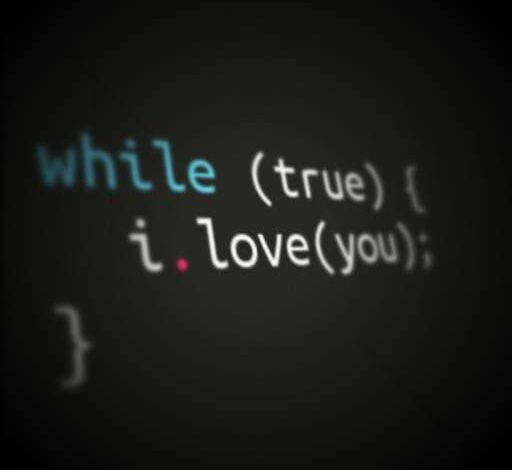
Coding for I Love You: Expressing Affection in Different Programming Languages
Embarking on a unique journey that merges the realms of programming and emotions, this article delves into the unconventional yet endearing task of Coding for I Love You in various programming languages. For those who harbour a passion for both coding and love, this creative endeavour promises a delightful exploration.
Table of Contents
I Love You in the Programming
Within the diverse landscape of programming languages such as C, C++, Java, and Python, the timeless sentiment of love is uniquely articulated. Each programming language, characterized by its syntax, contributes to this charming expression.
Coding for I Love You in C Language
In the simplicity of C, a character array is employed to declare the phrase “I Love You,” delivering a clear and straightforward message akin to the purity of emotions.
#include <stdio.h>
int main() {
char* love = "I Love You";
printf("%s\n", love);
return 0;
}Coding for I Love You in C++ Language
Taking a more elegant approach, C++ leverages std::string for a modern syntax while maintaining the essence of the message. This mirrors the depth and timelessness of affection.
#include <iostream>
int main() {
std::string love = "I Love You";
std::cout << love << std::endl;
return 0;
}Coding for I Love You in Java
Java introduces an object-oriented dimension by encapsulating feelings within a class. This declaration methodically expresses the sentiment of love with the steadfast phrase “I Love You.”
public class Love {
public static void main(String[] args) {
String love = "I Love You";
System.out.println(love);
}
}Coding for I Love You in Python Code
Python, known for its simplicity and readability, enables the declaration of love with just a few lines of code. This echoes the language’s elegance, reflecting the simplicity of true affection.
love = "I Love You"
print(love)Coding for I Love You in Binary Language
In the binary realm, where sequences of 0s and 1s create meaning, the phrase “I love you” takes on a unique representation. Each group of eight binary digits corresponds to characters in the ASCII character encoding, unveiling the binary essence of love.
01001001 00100000 01101100 01101111 01110110 01100101 00100000 01111001 01101111 01110101Whether one is an aficionado of C, a C++ enthusiast, a Java developer, or a Python lover, each programming language provides a distinct way to convey “I love you” fluently. Across these linguistic variations, the universal and profound emotion of love stands as a beautiful force that transcends all boundaries.
01001001: I
00100000: (Space)
01101100: l
01101111: o
01110110: v
01100101: e
00100000: (Space)
01111001: y
01101111: o
01110101: u





